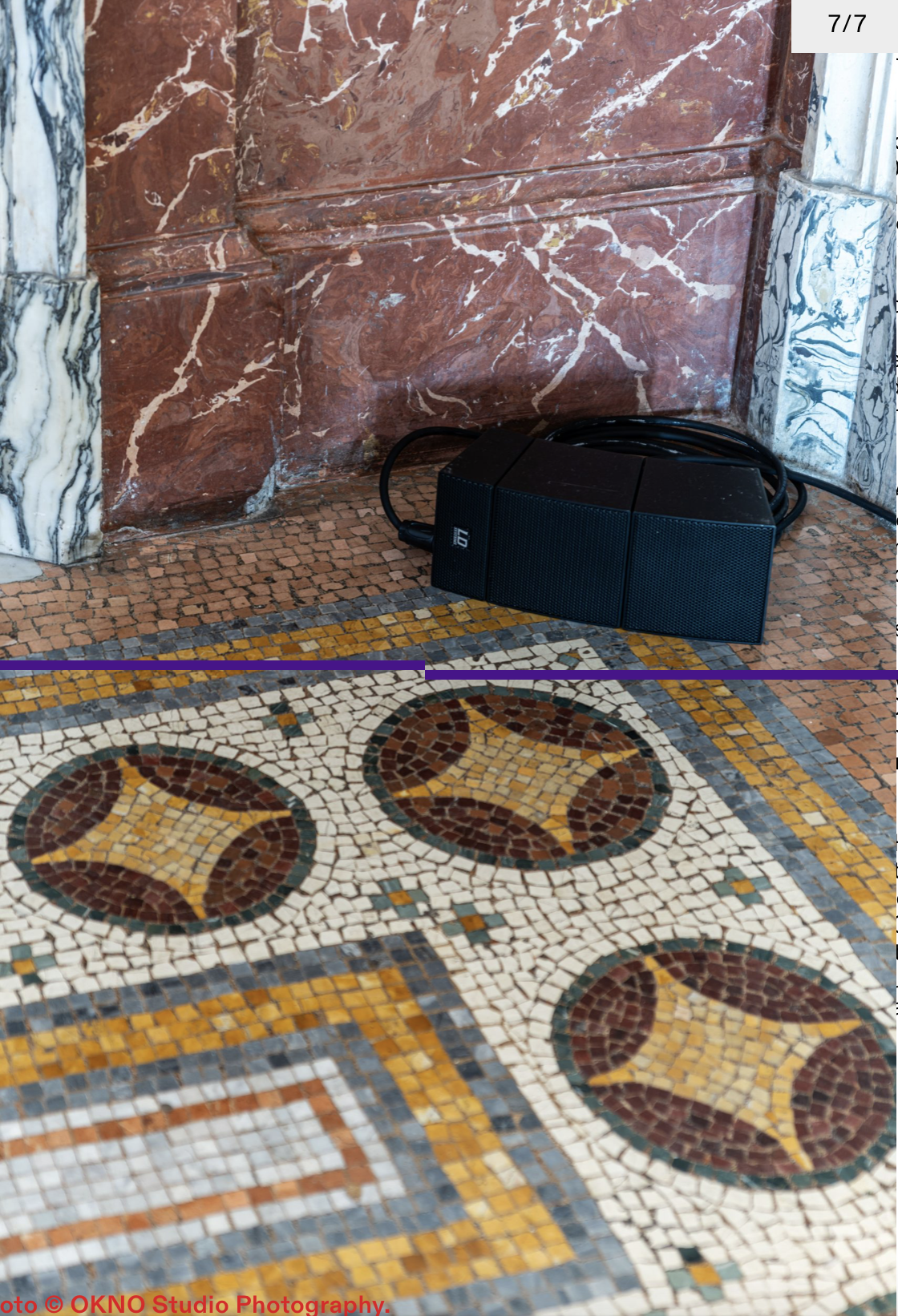Do you hear us?
An exhibition on silence, noise, and listening with:
Mohamed Almusibli (b. 1990, lives and works in Geneva/CH)
Pauline Boudry / Renate Lorenz (work together in Berlin since 2007)
Miriam Cahn (b. 1949, lives and works in Stampa/CH)
Nina Emge (b. 1995, lives and works in Berlin/DE and Zurich/CH)
Nastasia Meyrat (b. 1991, lives and works in Lausanne/CH)
Dorian Sari (b. 1989, lives and works in Basel/CH)
Hannah Weinberger (b. 1988, lives and works in Basel/CH)
The experience of the pandemic changed our perception of the world. Thinking back over the lockdown weeks here in Rome, I remember in particular the shift in soundscape. The city became silent and, in the silence, I suddenly heard other things: the screeching of hungry seagulls (which, I read, feed on the leftovers from restaurants in cities) and the drone of police helicopters over rooftops.
Silence, noise and listening always have a social if not political dimension. The sounds, yes, the noise, that surround us always create a certain social space. Silencing someone is an act of violence; at the same time, staying silent can be a resistant gesture, and listening can be claimed as an active political act that gives space to unheard, neglected voices. «Hearing,» the composer Pauline Oliveros writes, «happens involuntarily, listening, on the other hand, is a voluntary process that produces culture through training and experience». In Italian, the verb ‘sentire’ means not only to listen, but also to feel.
The group exhibition Do you hear us? at the Istituto Svizzero in Rome aims to trace these things. In doing so, the artistic works, some of which were conceived especially for the exhibition, and some of which pre-existed, explore a multi-layered theme. The invited artists address the listening of migrant voices and memories and the meaning of music and singing in this context, show us how silence can be a powerful performative act of resistance, invoke the roots of listening as an active political strategy in the feminist movements of the 1960s and 1970s, or remind us how quickly we overhear certain voices in the constant noise of social media.



